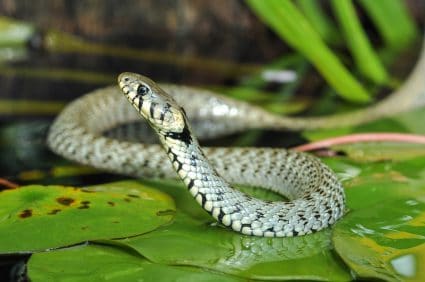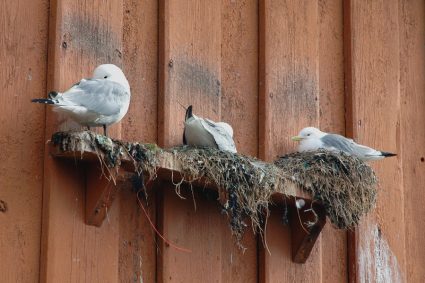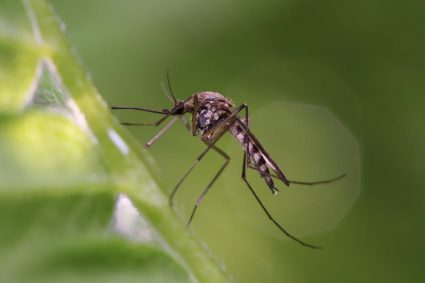
Are you tired of birds getting into your house and causing damage or creating messes? Are you wondering how to prevent birds from entering your home in the first place? Are you unsure of what to do if birds are already inside your house?
These are all common questions that homeowners have when dealing with birds getting into their homes.
Birds are beautiful creatures that can add a touch of nature to any home but can also be a nuisance when they find their way inside.
Whether they are building nests in the eaves or fluttering around the living room, birds can cause damage and create messes.
To keep birds out of your house, it is essential to understand how they get in and take steps to prevent it. In this article, we will discuss various ways birds can enter your house, such as:
- through cracks or gaps around windows or doors
- through missing or damaged roof tiles
- through air conditioning units and loose or missing siding
- through openings around pipes and wires
By understanding these entry points, you can take steps to protect your home and enjoy the beauty of birds from a safe distance.
In this article, we will explore how birds can get into your house, the damage they can cause, and the best methods for preventing and removing birds from your home.
15 Different Ways Birds Can Enter Your Home
Birds can get into a house through open windows or doors, holes in the roof or walls, or chimneys. Sometimes birds may also build nests in eaves or attics.
It is advisable to check and fix any potential entry points and try to discourage birds from building nests close to the house with deterrents such as shiny objects, noise-making devices, or special sprays.
Below are several ways for birds to enter your house:
1. Open Windows or Doors
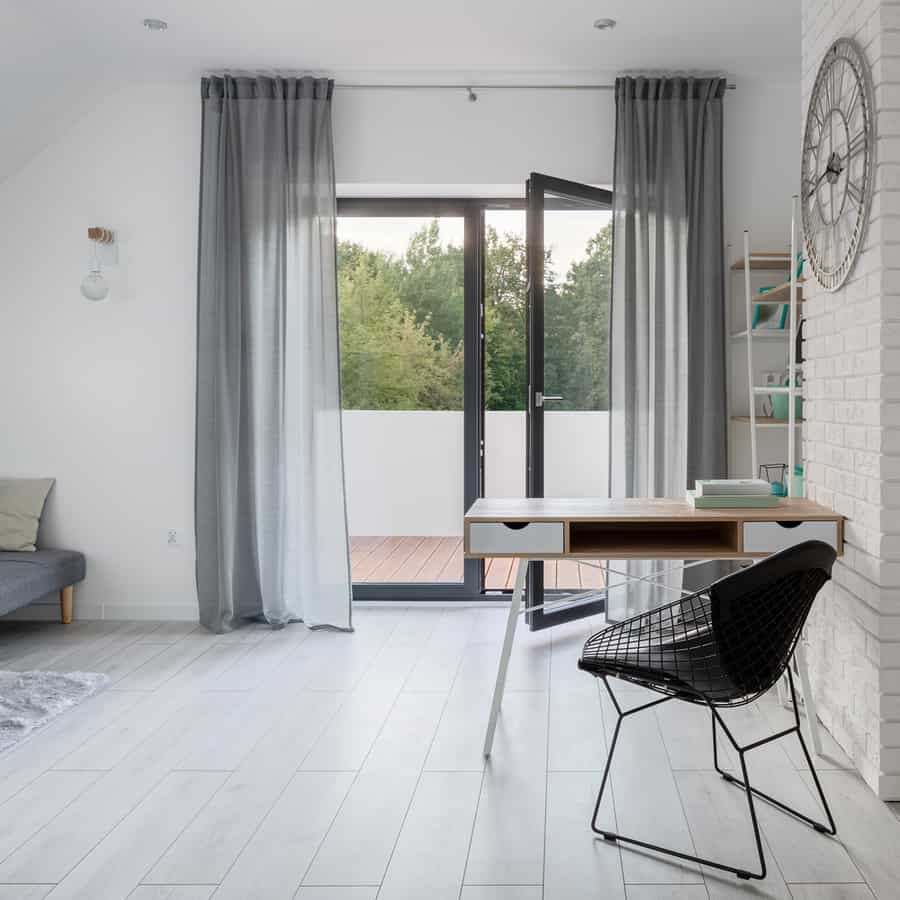
Birds can fly through open windows or doors that are left unattended. This is a common way for birds to enter houses, especially during warmer months when windows and doors are often left open to let in the fresh air.
To prevent this, it is essential to ensure all windows and doors are closed and properly sealed when not in use.
2. Holes in the Roof or Walls
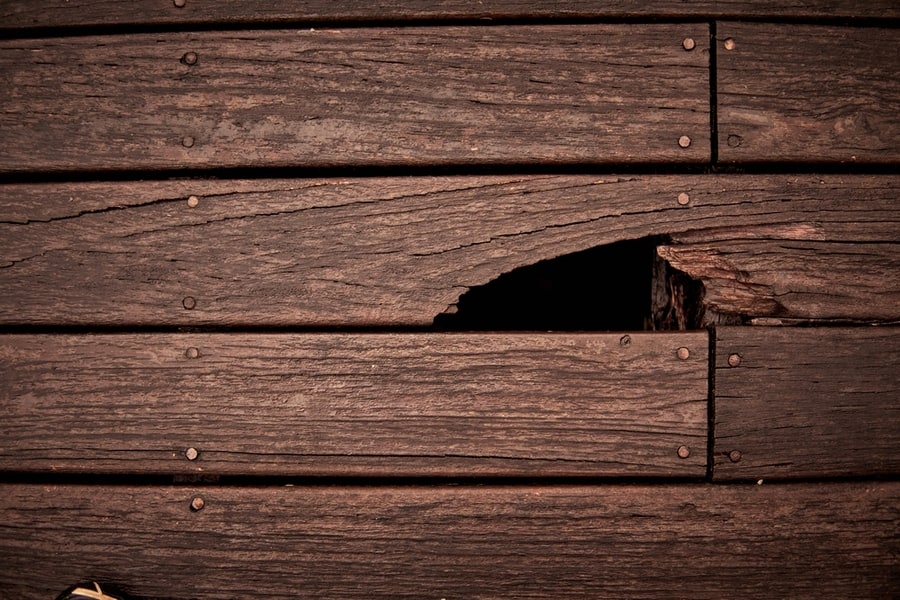
Birds can find small holes or gaps in the roof or walls of a house and use them to enter. These holes can be caused by wear and tear over time or by previous attempts to repair or remodel the home.
To prevent this, it is essential to periodically inspect the roof and walls of the house for any holes or gaps and repair them as soon as possible.
3. Chimneys
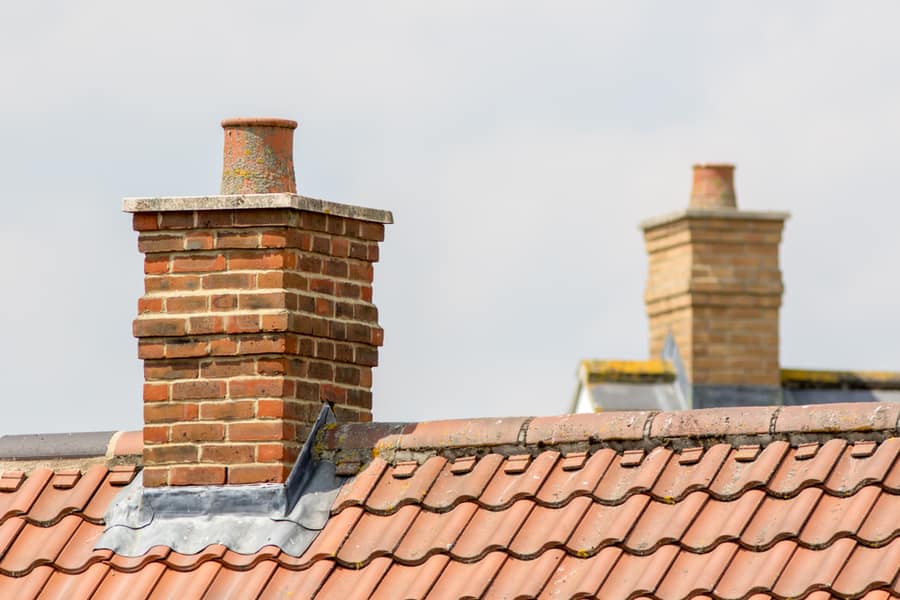
Birds can fly down chimneys and become trapped inside the house. This is especially common with chimneys that are not in use, as birds may see the open flue as a potential nesting site.
To prevent this, keeping the chimney flue closed and covered when not in use or installing a chimney cap is essential.
4. Eaves and Attics
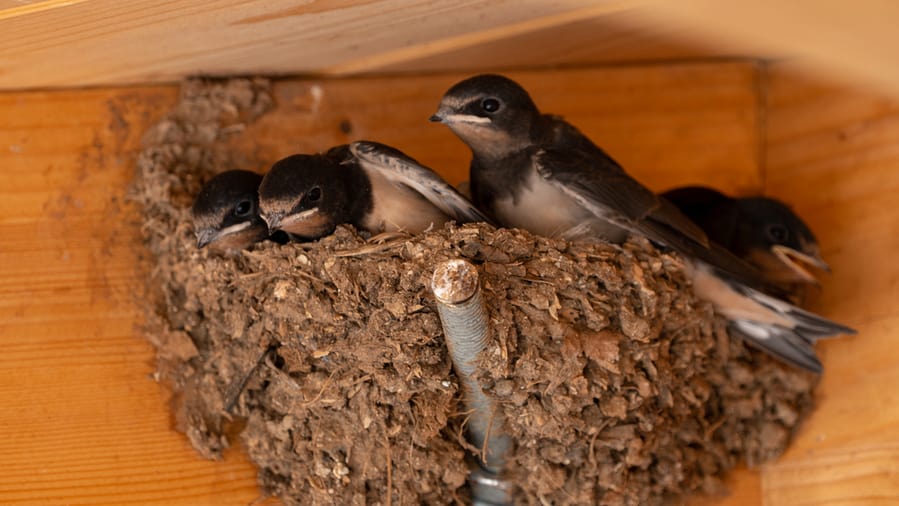
Birds may build nests in the eaves or attics of a house, giving them easy access to the inside. This can be a problem because birds can:
- make a lot of noise
- create messes
- cause damage to the house
To prevent this, it is essential to ensure that the house’s eaves and attics are properly sealed and ventilated and to discourage birds from building nests by using deterrents such as shiny objects, noise-making devices, or special sprays.
5. Vents
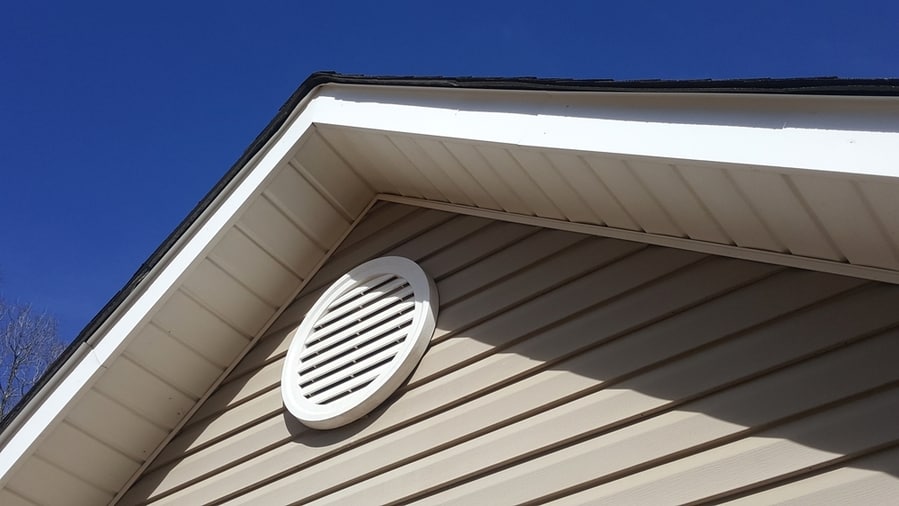
Birds can enter a house through vents like the bathroom or kitchen. This can happen if the vents are not properly sealed or screened or if the birds find a way to remove the screens.
To prevent this, it is essential to ensure that all vents are properly sealed and screened and regularly inspect and replace damaged screens.
6. Broken Windows

Birds can enter the house through the opening if a window is broken. This can happen if a window is accidentally broken or not properly sealed.
To prevent this, it is essential to inspect all windows for signs of damage regularly and to repair or replace any broken windows as soon as possible.
7. Unscreened Windows or Doors
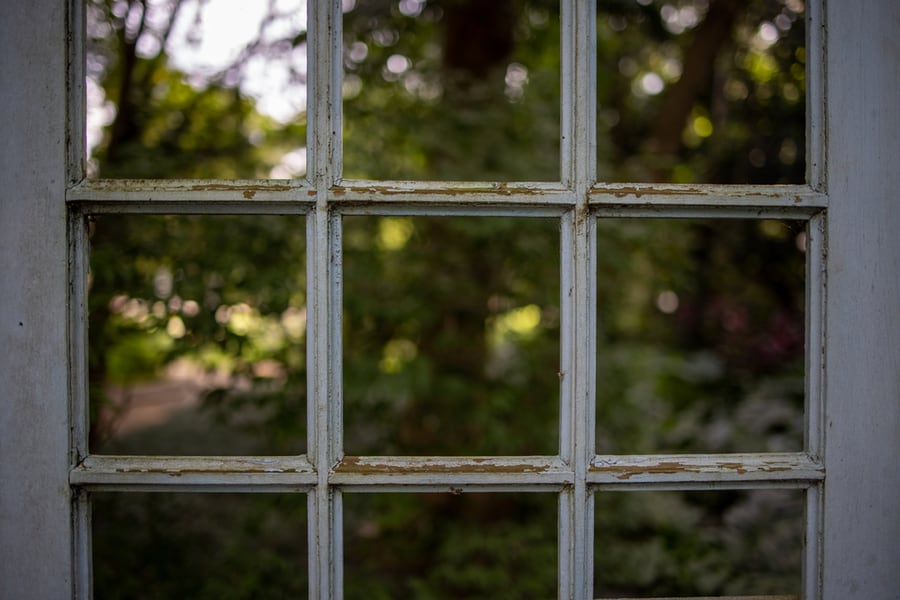
Birds can fly through windows or doors that have no screens. This is a common problem with windows or doors located on the ground floor or near a bird feeder.
To prevent this, it is essential to ensure that all windows and doors have screens and regularly inspect and replace any damaged screens.
8. Cracks or Gaps Around Windows or Doors

Birds can squeeze through tiny cracks or gaps. These small openings can often be found around the edges of windows or doors and can be caused by a variety of factors, such as:
- weathering
- settling
- poor construction
These cracks or gaps can be difficult to see, but they can be a significant entry point for birds.
To prevent this, it is essential to inspect the windows and doors of your house regularly and to seal any cracks or gaps that you find using caulking or weather stripping.
9. Missing or Damaged Roof Tiles
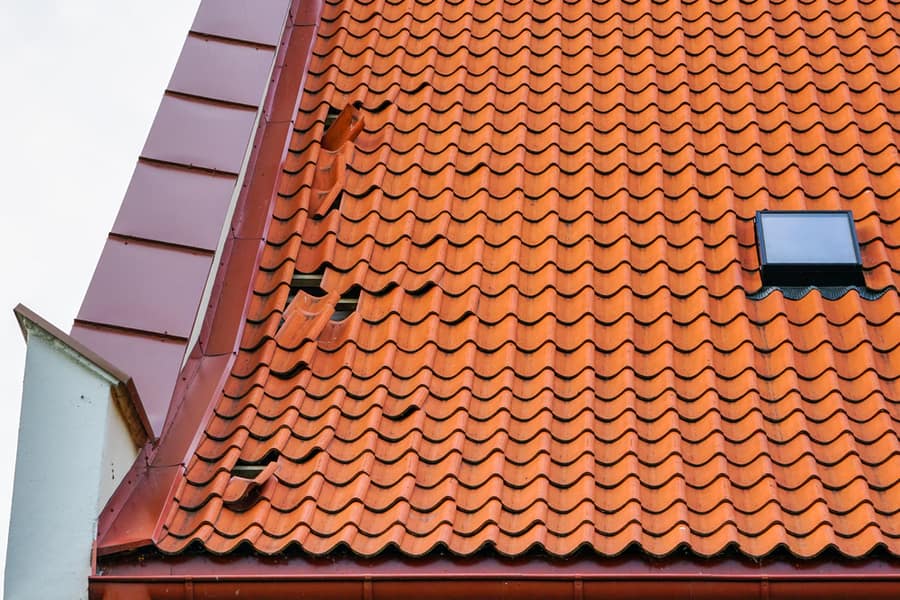
Birds can easily enter through missing or damaged roof tiles, especially if they are looking for a place to build a nest.
To prevent this, regularly inspect your roof for any missing or damaged tiles and repair or replace them as soon as possible.
Additionally, you may want to consider installing a bird barrier on the roof to discourage birds from landing or nesting on it.
10. Air Conditioning Units
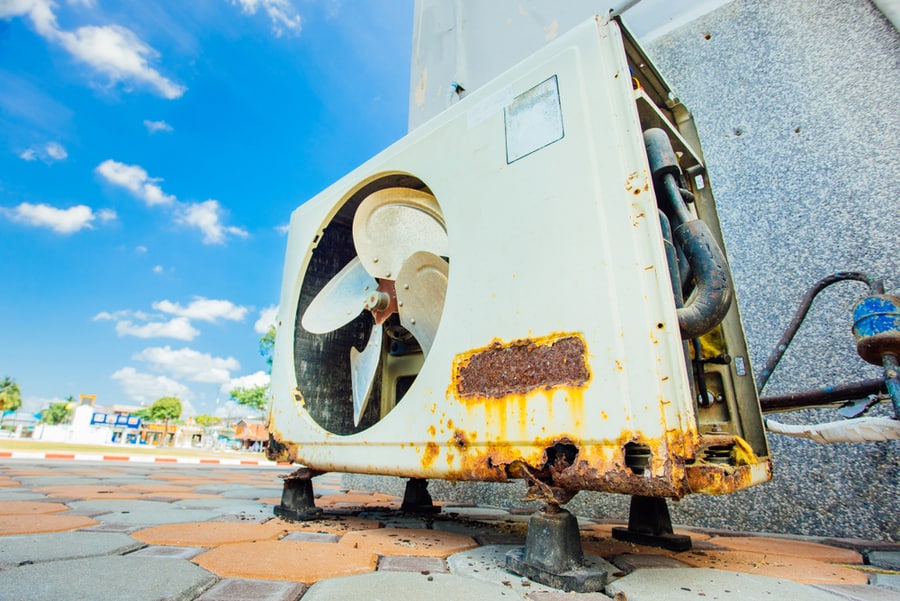
Birds can sometimes enter through air conditioning units that are not properly sealed. This can happen if the unit is old or has not been properly maintained.
To prevent this, it is essential to ensure that your air conditioning unit is properly sealed and to inspect it for any signs of wear or damage regularly.
11. Loose or Missing Siding
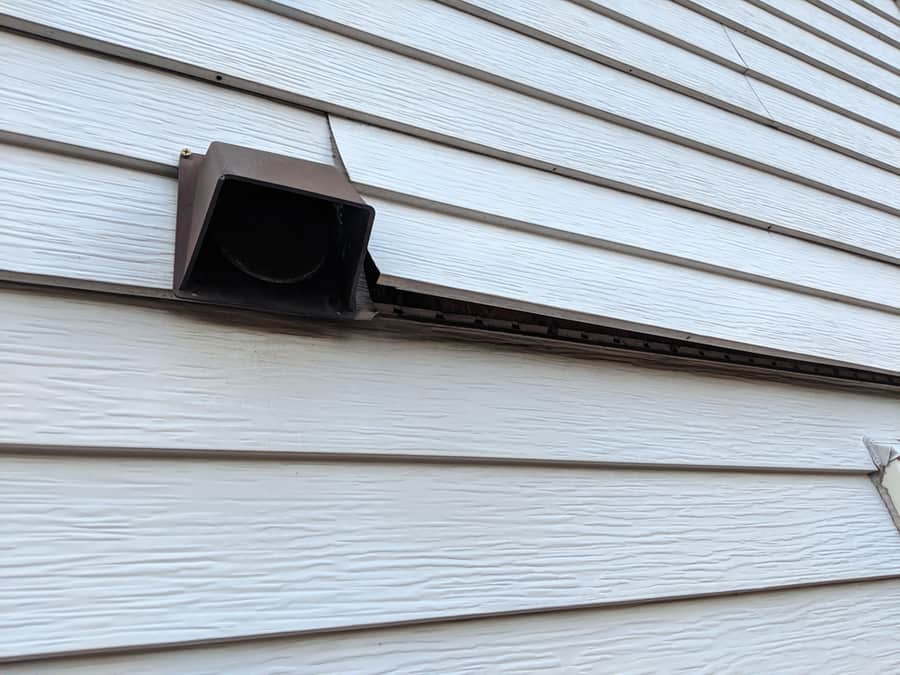
Birds can enter the house through loose or missing siding, which various factors such as weathering, settling, or poor construction can also cause.
To prevent this, it is essential to regularly inspect your house siding and repair or replace any loose or missing siding as soon as possible.
12. Gable Vents
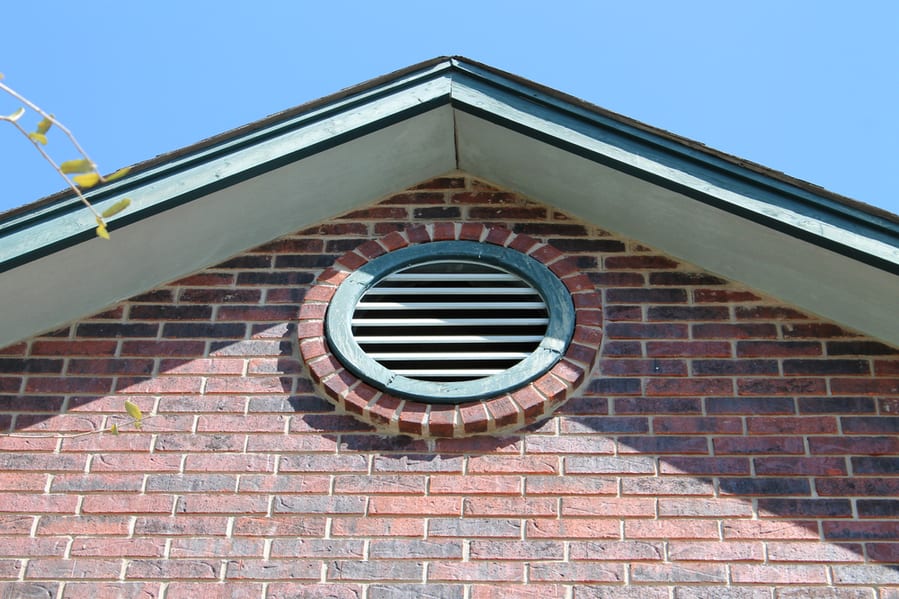
Gable vents are often found on a house’s gable end, allowing air to circulate in the attic. However, if they are not properly sealed, they can provide an easy entry point for birds.
To prevent this, it is essential to ensure that your gable vents are properly sealed and regularly inspect them for any signs of wear or damage.
13. Soffit Vents
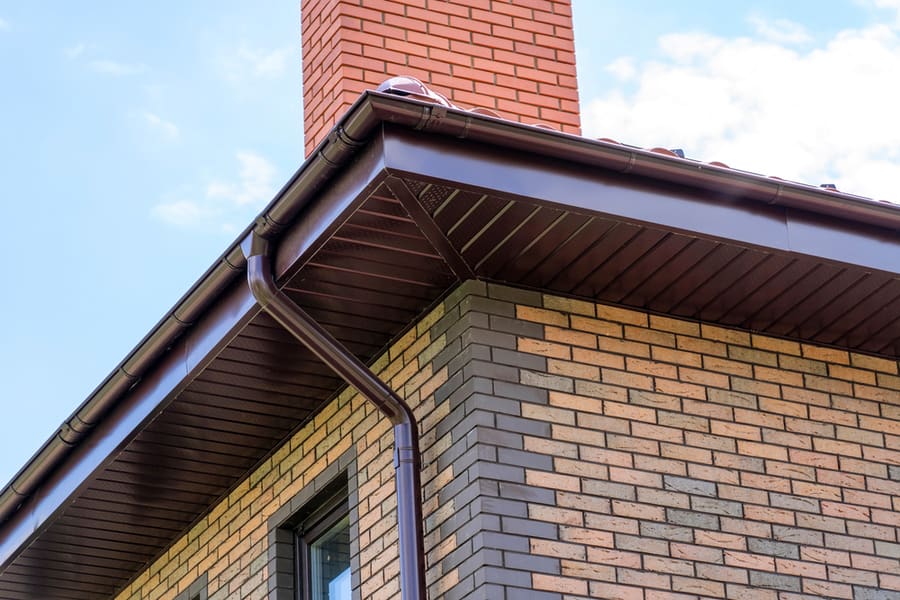
Soffit vents are often found in the soffit or the area between the roof and the house’s walls. They allow air to circulate in the attic, but if they are not properly sealed, they can also provide an easy entry point for birds.
To prevent this, it is essential to ensure that your soffit vents are properly sealed and to inspect them for any signs of wear or damage regularly.
14. Skylights
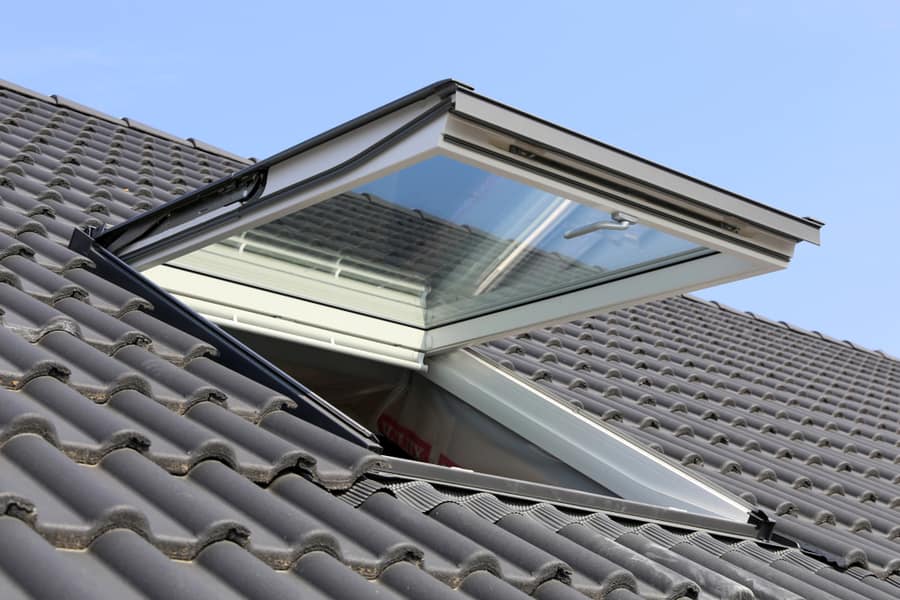
Skylights can be a significant entry point for birds, especially if they are not properly sealed or screened.
To prevent this, it is essential to ensure that your skylights are properly sealed and to inspect them for any signs of wear or damage regularly.
Additionally, you may want to consider installing a bird barrier on the skylight to discourage birds from landing or nesting on it.
15. Openings Around Pipes and Wires
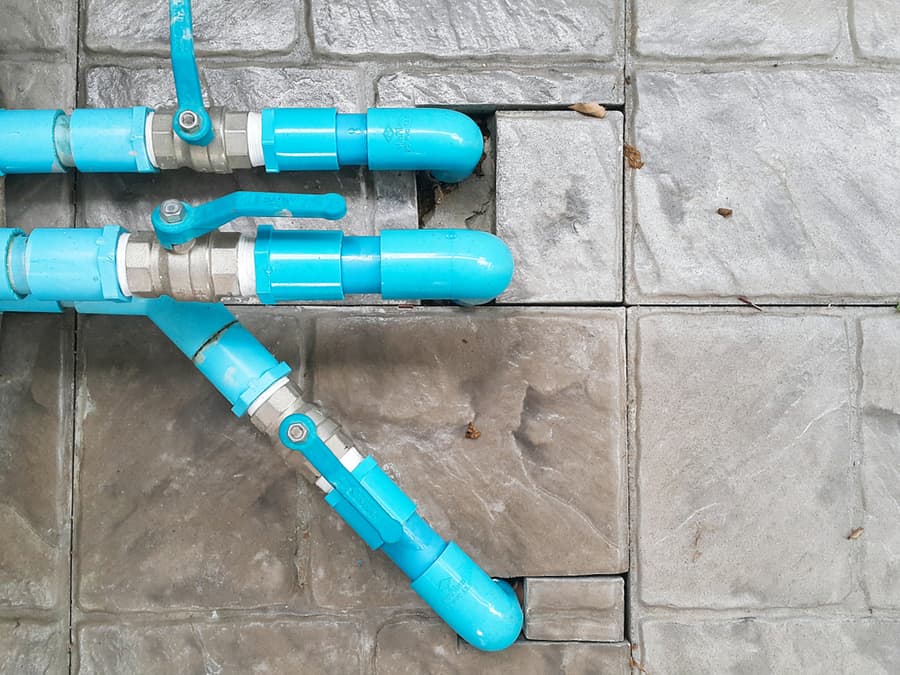
Birds can sometimes enter the house through openings around pipes and wires that are not properly sealed. These openings can be found in various areas of the house, such as the attic, the basement, or the crawlspace.
To prevent this, it is essential to regularly inspect your house for any openings around pipes and wires and to seal them using caulking or other appropriate materials.
Conclusion
Birds can find their way into your house through various entry points, such as cracks or gaps around windows or doors, air conditioning units, loose or missing siding, vents, and skylights.
It is essential to regularly inspect your home for these potential entry points and take steps to repair or seal them to prevent birds from getting inside.
Additionally, deterrents such as bird barriers can also effectively keep birds out of your house.
By understanding how birds can get in and taking steps to prevent it, you can enjoy the beauty of birds while protecting your home from potential damage.
It is important to note that it is not always possible to prevent birds from entering a house entirely. Still, by regularly inspecting and maintaining your home and using deterrents such as bird barriers, you can make it more difficult for them to do so.
It is also important to note that laws protect some birds, so it is crucial to check the local laws and regulations regarding how to deal with birds entering your house before taking action.
Frequently Asked Questions
How Can I Tell if Birds Are Getting Into My House?
Several signs may indicate that birds are getting into your house. One of the most obvious signs is the presence of droppings, feathers, or nests inside the house.
In your attic or around your chimney, you might also see evidence of nesting materials, such as twigs or leaves.
Additionally, you may hear the sound of fluttering or chirping coming from within your walls or attic, which can indicate that birds have taken up residence in your home.
Can Birds Damage My House?
Birds can cause a significant amount of damage to your home if they are allowed to build nests or roost inside.
They can cause structural damage to the eaves, soffits, and attic by building nests that clog gutters and damage roofing materials.
Additionally, birds can create messes with their droppings and feathers, which can stain walls and ceilings and create unpleasant odors.
They can also cause health hazards by leaving droppings and feathers everywhere, which can cause respiratory problems.
What Should I Do if Birds Are Already Inside My House?
If birds are already inside your house, it is important to act quickly to remove them and prevent them from causing further damage or creating messes. First and foremost, try to remain calm and do not try to catch or harm the birds.
You can use a broom or towel to gently guide the birds towards an open door or window, or you can open a window or door and turn off the lights inside to encourage the birds to fly out.
If you are unable to remove the birds yourself, contact a professional wildlife removal service for assistance. They will have the necessary equipment and experience to safely remove the birds and prevent them from returning.


